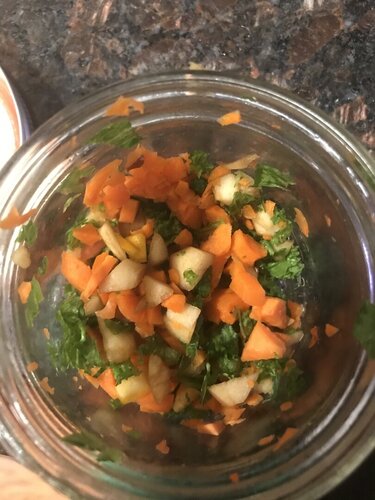Gryllidae Per Kcal
Established Member
@kinyonga The only study I can find where they test the effect of what the cricket eats on a herptile's health is the study I posted on page 13 of this thread.
" Glutathione peroxidase activity (intra- and inter-assay CV = 2.0 and 86.0%, respectively) was highest for both species consuming VB at 83.8 and 79.4 nmol/min/mL for AS (P = 0.008) and PRC (P = 0.036) toads, respectively compared with the lowest values for both species when consuming BB (41.9 and 48.7 nmol/min/mL, respectively). The response was mixed for toads consuming the Rephasy treatment as GPx activity was numerically the second highest (70.7 nmol/min/mL) in AS toads, but not different from other treatments. In contrast, PRC toads fed Repashy had the second lowest GPx activity (51.7 nmol/min/mL) and was lower (P = 0.036) than those consuming VB (79.4 nmol/min/mL)"
( Iske 56-57).
" Glutathione peroxidase activity (intra- and inter-assay CV = 2.0 and 86.0%, respectively) was highest for both species consuming VB at 83.8 and 79.4 nmol/min/mL for AS (P = 0.008) and PRC (P = 0.036) toads, respectively compared with the lowest values for both species when consuming BB (41.9 and 48.7 nmol/min/mL, respectively). The response was mixed for toads consuming the Rephasy treatment as GPx activity was numerically the second highest (70.7 nmol/min/mL) in AS toads, but not different from other treatments. In contrast, PRC toads fed Repashy had the second lowest GPx activity (51.7 nmol/min/mL) and was lower (P = 0.036) than those consuming VB (79.4 nmol/min/mL)"
( Iske 56-57).







